
Discover more from Weapons and Strategy
Tamir Missiles Can Improve US Ship Defenses
Integration on Ships Should be Straightforward and Fast
US and UK ships have been able to shoot down Houthi ballistic and cruise missiles and Houthi drones. But the cost of these operations have been staggering: in the US case SM-2 missiles cost $2.4 million each: in the UK case Aster missiles cost $2 million or more.
This is the lesson of the attacks on our ships in the Red Sea by the Houthis.
Is there a better solution?
US and UK ships are wasting their most important and expensive air defense missiles trying to knock out Houthi drones and relatively slow turbine powered cruise missiles. Given the high number of intercepts and the threat of swarming drone and cruise missile attacks, existing shipboard air defense systems are saturated.
In time, the US will potentially have lasers on board ships that can kill drones and, perhaps, cruise missiles. Knocking out ballistic missiles with lasers is much more challenging, but perhaps possible. Even Israel is looking at lasers and has developed a system called Iron Beam.
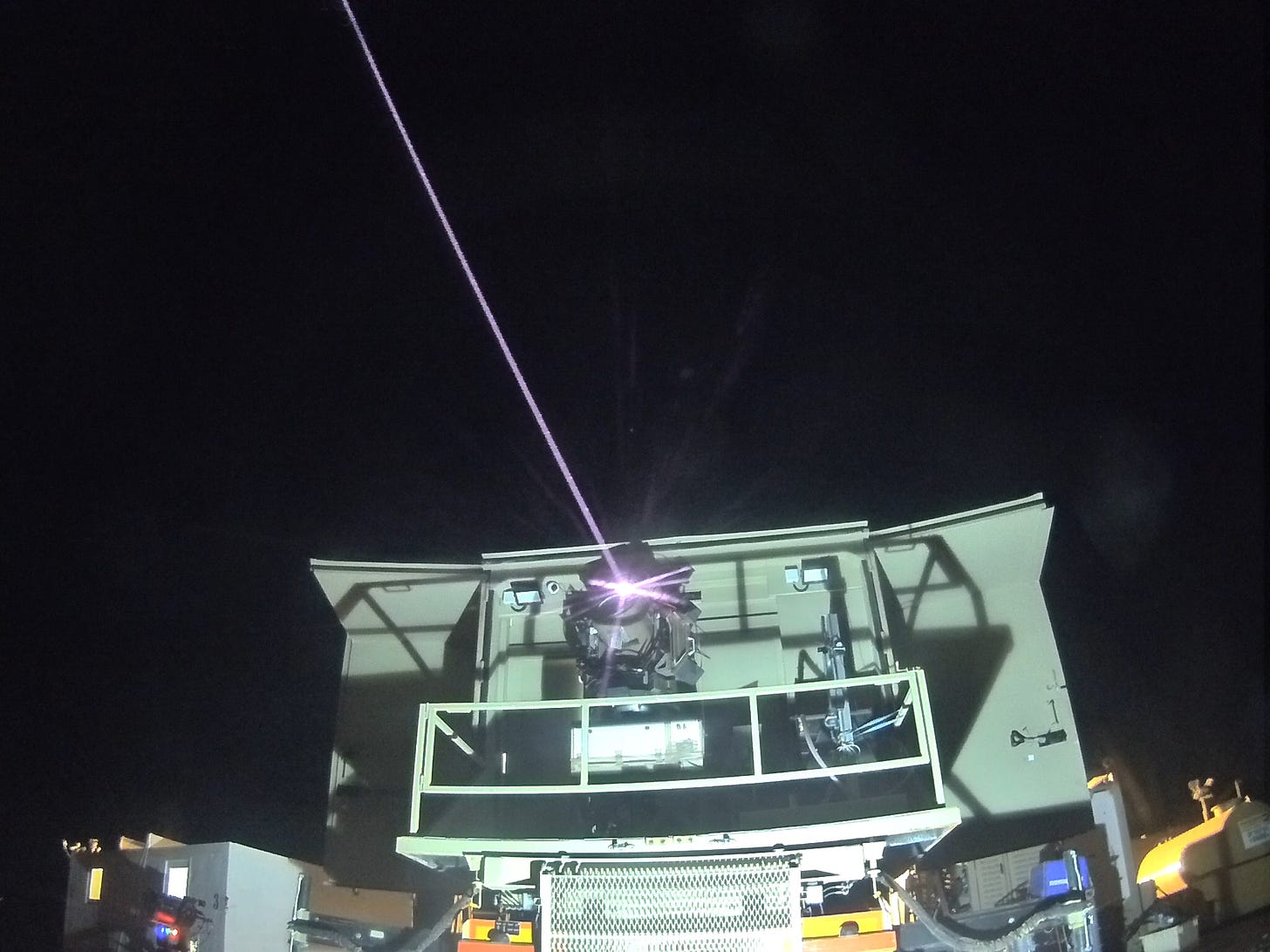
But lasers are years away for ships because installing laser systems on ships will require reengineering ships and will require powerful generators and voltage storage. This is not to say it can't be done, but it could require a new generation of ships and nuclear power plants. Today's Arleigh Burke class destroyers and Ticonderoga class cruisers are conventionally powered. Most of them are also old. The Navy wants to get rid of the Ticonderoga class cruisers because maintaining them is difficult and expensive and not, as they say in the Pentagon (with tongue in cheek) not cost effective.
Israel has taken all this into account and it is mounting its highly successful Iron Dome system onto its Sa'ar class corvettes. In this form it is called C-Dome. It has been tested and it works, utilizing existing ship radars and fire controls. Israel's Sa'ar 6 class corvettes also have the Barak 8 air and missile defense system on board. The Barak system, jointly developed by Israel and India, is described as capable of defending against any type of airborne threat including aircraft, helicopters, anti-ship missiles, and UAVs as well as ballistic missiles. Barak-8. however, is being optimized against ballistic missile threats.
Air intercept missiles are expensive. The Missile Defense Advisory Alliance has published the chart below on cost of air defense missiles. Many of those below are land based.
Next Generation Interceptor (NGI) $111,000,000
Ground Based Interceptor (GBI) $70,000,000
Standard Missile 3 (SM-3) Block IIA $36,387,000
Standard Missile 3 (SM-3) Block IB $11,830,000
Standard Missile 6 (SM-6) $4,318,632
Patriot PAC-3 $3,000,000
Arrow 3 $2,200,000
Standard Missile 2 (SM-2) Block IV $2,100,000
Aster 30 (SAMP-T) $2,000,000
Meteor BVRAAM $1,860,000
Evolved Sea Sparrow Missile (ESSM) $1,795,000
NASAM AMRAAM 120 $1,095,000
Rolling Airframe Missile (RAM) $905,330
N6 (S-300) $777,000
BARAK-8 $770,000
IRIS-T $455,000
NASAM AIM-9X $337,000
Mistral M3 $320,000
Aspide Mk1/Mk2 $100,000
Stinger Missile/MANPADS $38,000- $100,000
VAMPIRE Missile/MANPADS $27,500
Tamir (Iron Dome) $20,000-100,000
C-RAM $8,100
Directed Energy (Iron Beam) $3.50
(Note: C-RAM is a rapid fire gun and not a missile. Pricing is based on firing 300 rounds at a single target)
Israel decided to install C-Dome on its corvettes because it is a far cheaper alternative to the Barak-8 and frees up the Barak-8 to go after more strategic threats. C-Dome also perform similarly to Iron Dome, so its kill rate is likely to be very high.
One of the benefits of C-Dome that Israel is exploiting is that integrating it with the existing Barak missile defense system on its corvettes has proven to be possible. This means no additional radars and command and control systems are needed.
The US Marines also found out they could use key elements of Iron Dome in their new Medium Range Integrated Capability including the Tamir interceptor missile. This puts to shame the ridiculous and false claims made by the US Army that it was not possible to integrate Iron Dome into its existing air defense systems. Congress was conned into believing the Army's argument for trashing the two Iron Dome systems it was "forced" to buy.
The Tamir interceptor missile is far cheaper than the SM-2 missiles the US is firing in the Red Sea. Tamir costs, at most, around $50,000 per copy compared to the SM-2 missile that is priced around $2.2 million each.
If Tamir interceptors and other Iron Dome components such as the Iron Dome Battle Management System that are part of the Marine Corps MRIC, there is no reason to suppose the missiles and hardware can't work on US Navy ships. It may even be possible to adapt some of a ship's existing launch tubes to fire the Tamir missile.
Putting the C-Dome capability on US ships would significantly reduce the cost of ship's defense.
RTX, formerly Raytheon, has teamed up with Rafael Defense Systems to build a new $33 million factory in Camden, Arkansas where it will manufacture Tamir interceptors and the US variant of Tamir which is called SkyHunter.
Some work will need to be done to figure out how long it will take to put the C-Dome system or an adaption of it onto US destroyers and cruisers. However, since Israel has already done it for their own corvettes, and the Marines have done it for the MRIC, it could be done in a short time.
The C-Dome and Iron Dome technology would give our naval forces an enhanced capability to operate against drones and cruise missiles without wasting the far more important strategic-class missiles such as the costly SM-2. We will need to be able to respond to threats from other actors, China comes to mind, which is rich in drones and cruise missiles. Indeed, beefing up our at-sea air defenses with Tamir missiles would be a deterrent to swarm drone attacks that threaten to neutralize our strategic air defenses, which we need against even less sophisticated bad actors.





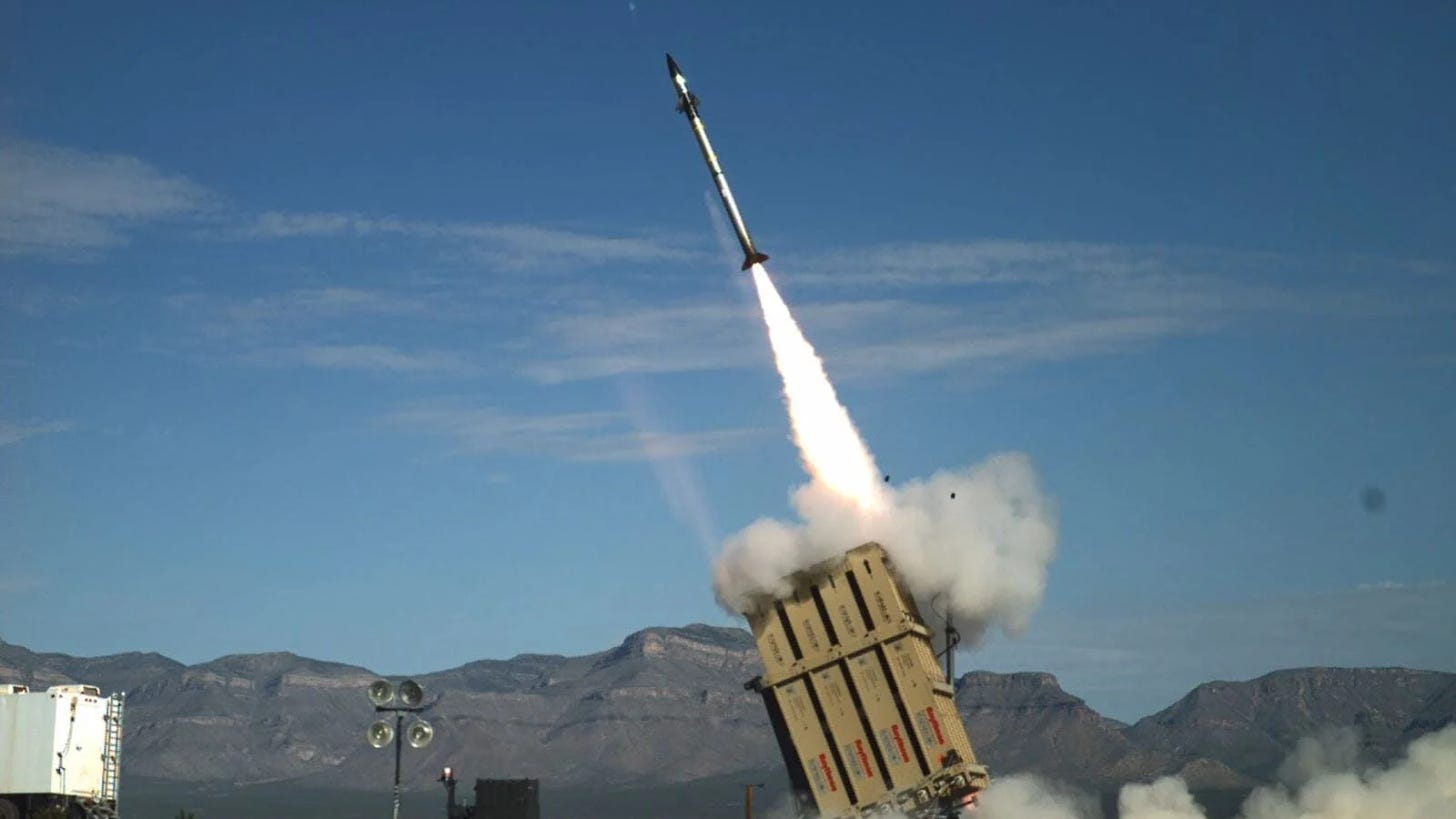
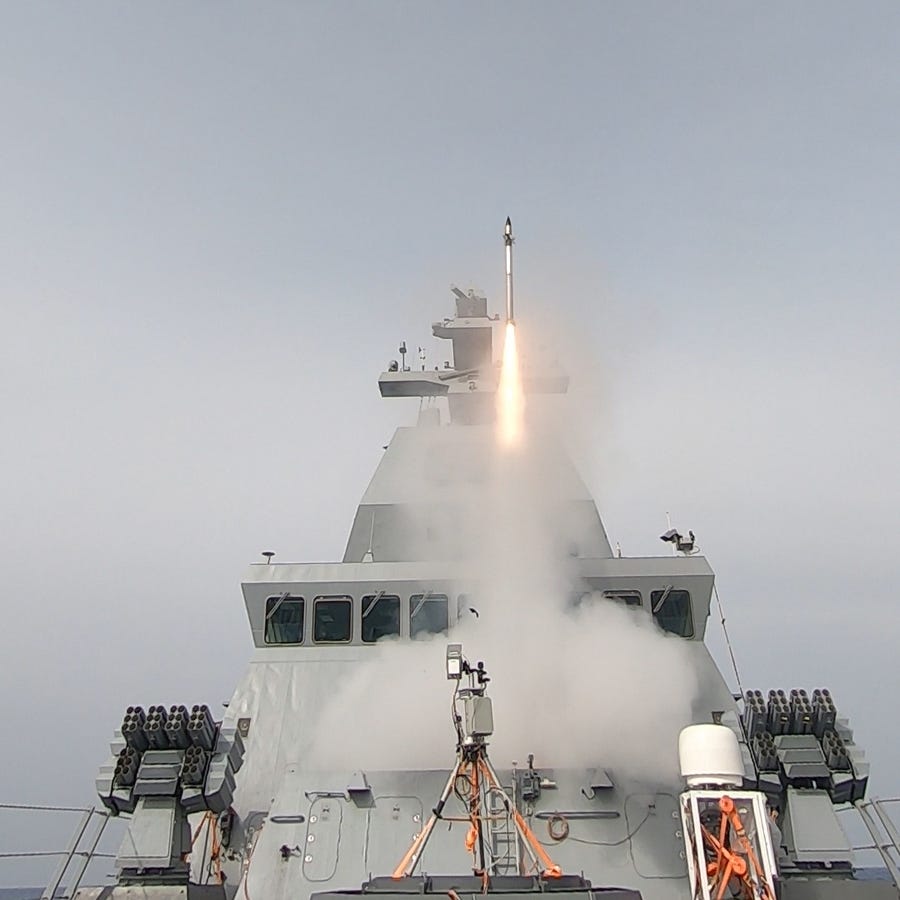





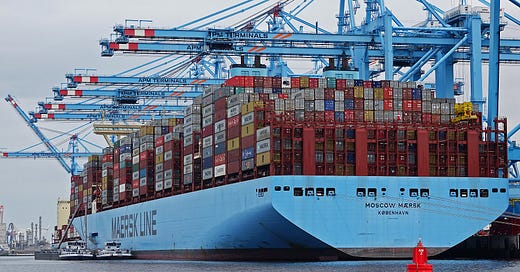

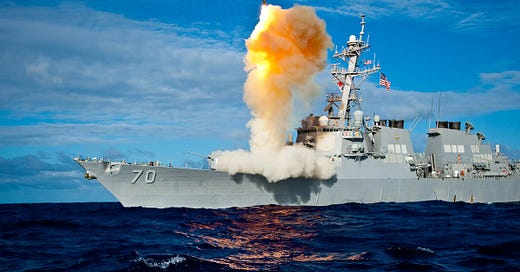



OK, a Tamir is just $50,000, but small simple drones are still cheaper. Especially since the likelihood that fake, cheap unarmed decoys will be used. Many of those "missile launchers" the US hit are probably decoys. Decoys are used in the Ukraine. It is easier to fake a little drone launcher than fake a tank. Ultimately, industrial capacity is a key factor of drone vs. anti-missile. Drones have the edge in swarms. The USA industrial capacity was sent to China. Industrial capacity wins.
Great article on cost-effective defensive solutions. Two additional hurdles to overcome: 1. At-sea replenishment of these new missile systems. 2. Overcoming energy depletion and laser diffraction of the laser-bssed defensive systems, especially in high moisture environments (rain, snow, fog, clouds, etc).